Whenever you ask
anyone to explain "rule of thumb", you may get
a different answer. From the dawn
of time, fundamental facts and principles borrowed
on familiar objects and symbols to explain things.
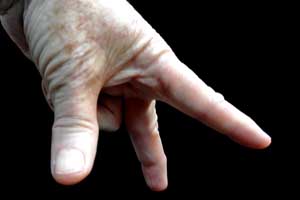 A priest, electrician
or bridge builder would all have an explanation
for using the thumb, forefinger and index finger
extended at right angles. That symbol explains a
lot of principles for me. As shown below, it is a
very good way
to hold a heavy camera perfectly steady. For an
electrically minded person it is the relationship
between volts, amps and ohms. Knowing one value
determines how the other two values relate to each
other.
A priest, electrician
or bridge builder would all have an explanation
for using the thumb, forefinger and index finger
extended at right angles. That symbol explains a
lot of principles for me. As shown below, it is a
very good way
to hold a heavy camera perfectly steady. For an
electrically minded person it is the relationship
between volts, amps and ohms. Knowing one value
determines how the other two values relate to each
other.
So it is with 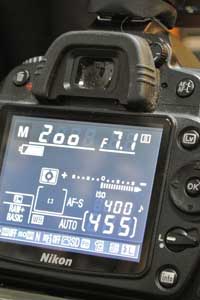 photography.
Aperture, shutter speed and sensitivity relate to
correct exposure. Before the digital era, the
sensitivity had to be manufactured into the film
and it was called ASA. The Holly Grail of ASA was
that the standard was set on June 22 at 11am at
the South East corner of the Lincoln Memorial in
Washington, DC. At that sacred place a camera
facing West could take a perfect picture of a
person when the shutter speed was f11 and the ASA
and shutter speed were set to the same value. ASA
sensitivity of 100 required a shutter speed of
1/100.
photography.
Aperture, shutter speed and sensitivity relate to
correct exposure. Before the digital era, the
sensitivity had to be manufactured into the film
and it was called ASA. The Holly Grail of ASA was
that the standard was set on June 22 at 11am at
the South East corner of the Lincoln Memorial in
Washington, DC. At that sacred place a camera
facing West could take a perfect picture of a
person when the shutter speed was f11 and the ASA
and shutter speed were set to the same value. ASA
sensitivity of 100 required a shutter speed of
1/100.
Click here to see digital camera advances have changed the rules.
>==>
The other characteristic of film was how it behaved when the quality of light effected the way people
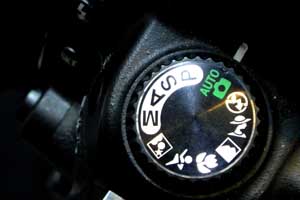 , trees
and bright objects were influenced by flash, natural
light and artificial electric light. That also was
corrected by the digital revolution when cameras and
image processing software could add or
subtract any color that was a problem. Click below
for more.
, trees
and bright objects were influenced by flash, natural
light and artificial electric light. That also was
corrected by the digital revolution when cameras and
image processing software could add or
subtract any color that was a problem. Click below
for more.
Focus has been an issue from the beginning. There is more to focus than meets the eye. In some images, everything seems to be sharp, in others, only one part of the image appears clear and sharp. How do you control this?
To understand this...
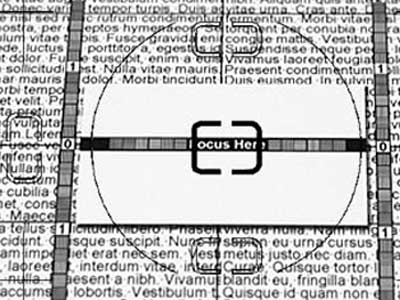
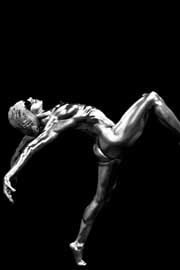
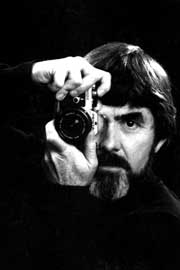
Back to
photography and art.
body art
l

